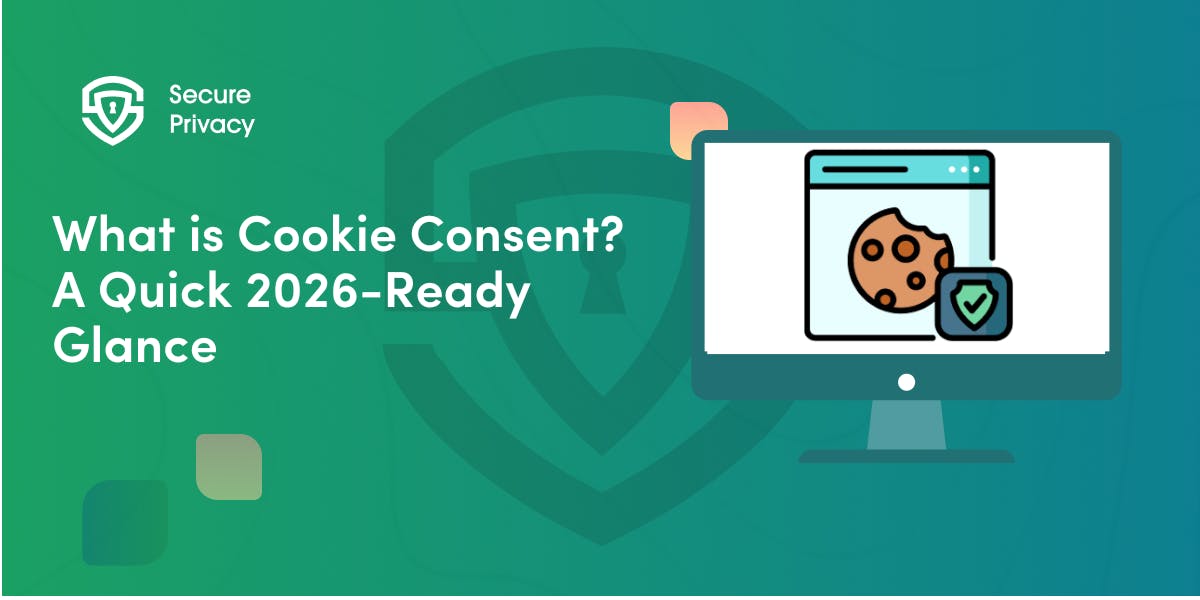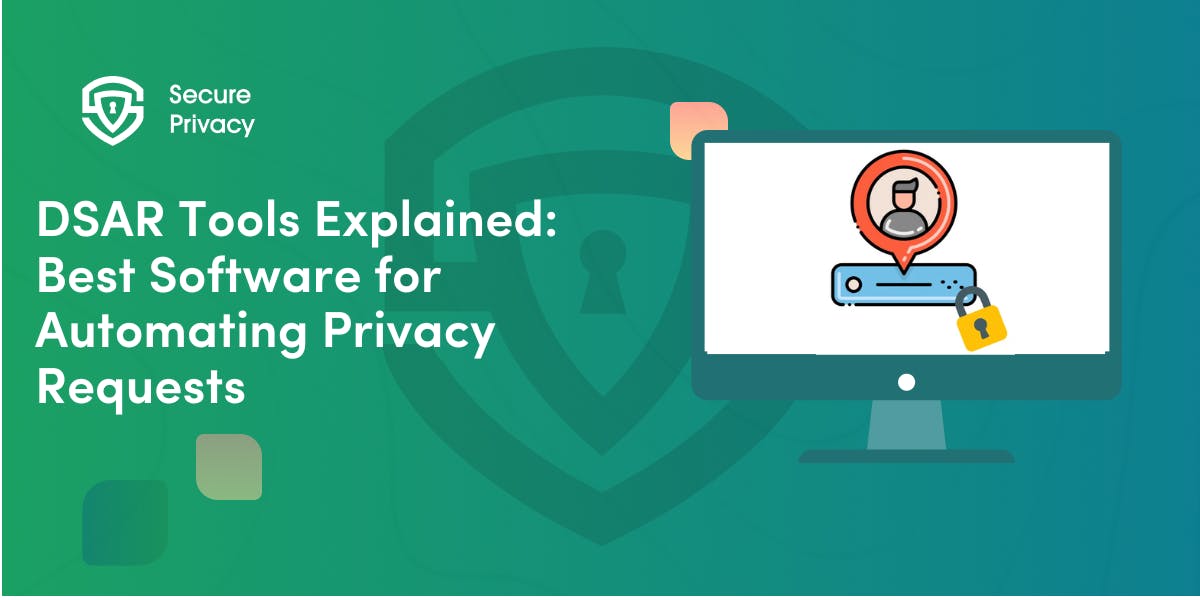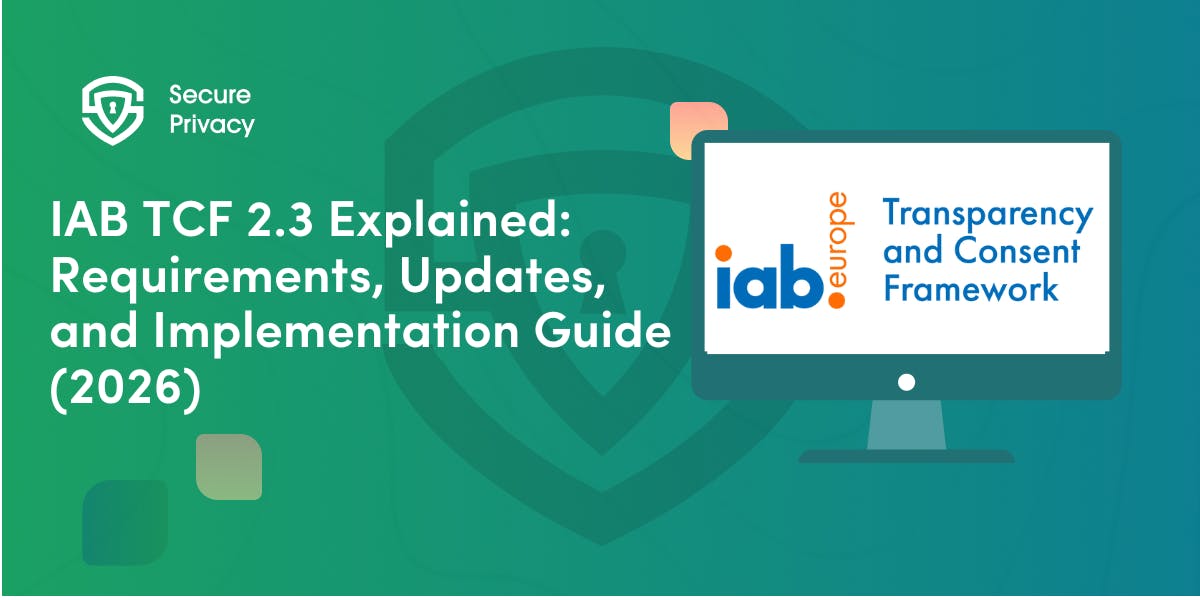What is Personal Information under the CCPA
The California Consumer Privacy Act (CCPA) is set to introduce several changes concerning the privacy of consumer data after it goes into effect on January 1, 2020.
The California Consumer Privacy Act (CCPA) is set to introduce several changes concerning the privacy of consumer data after it goes into effect on January 1, 2020.
This perspective is based on the fact that its description of what entails Personal Information is unique compared to any other regulation including the European Union’s trendsetting General Data Protection Regulation (GDPR).
According to Article 1798.140 (o) (1-2) of the CCPA, personal information refers to “non-public information that identifies, relates to, describes, is capable of being associated with, or could reasonably be linked, directly or indirectly, with a particular consumer or household.”
In this article, we outline the types of data described as personal information under the CCPA.
What are the Core Data Elements that constitute Personal Information under the CCPA?
- Identifiers such as an official name, alias, postal address, unique personal identifier, digital identifiers, IP and email addresses, account name, social security number, driver’s license number, passport number among other related identifiers.
- Attributes of safeguarded categories under California or federal law
- Business data comprising records of individual property, commodities or amenities bought, obtained or considered, or alternative buying or consumption patterns
- Biometric data
- Geolocation data
- Professional or occupation-linked data
- Conclusions made from any of the data outlined under these data elements to come up with a profile regarding a user that reveals his/her preferences, attributes, cognitive patterns, biases, conduct, outlooks, intelligence, abilities, and competencies
- Internet or other electronic network activity data comprising but not restricted to browsing records, search history, and information concerning a user’s engagement with a web platform, app, or ad.
- Audio, electronic, visual, thermal, olfactory, or similar data
- Educational data, which is specified as information that is not available publicly or personally identifiable as stated in the Family Educational Rights and Privacy Act.
What Data Elements do not Constitute Personal Information under CCPA?
Although the scope of what the CCPA considers personal information is typically broad, there are data specific data elements that do not constitute consumer data under this regulation. They include;
- User Data that is de-identified or in the aggregate consumer data. Essentially, this information cannot be reasonably connected to any consumer or household.
- Data that is publicly accessible from federal, state, or local authority databases.
Why do Businesses need to know what Constitutes Personal Information under the CCPA?
The knowledge of what constitutes personal information under the CCPA has four crucial benefits to a business’ compliance efforts. Essentially;
- It enables a business to identify the categories of user data it gathers, distributes, or sells
- It allows a business to establish whether it stores the user information it collects, shares, or sells
- It makes it possible to identify at what point, and for how long a business holds such consumer information.
- It facilitates the creation of a system to identify, monitor, and manage the collection, retention, and deletion of personal information
Learn more about the different clauses contained in this regulation that are crucial to your compliance efforts by checking out our comprehensive, yet simplified CCPA guide on how to become CCPA compliant. To have your additional queries or concerns addressed by a data protection expert, book a call with us today and get on the road to CCPA compliance.
Additional Resources:
Download your free CCPA e-book and get it delivered straight into your inbox.

What is Cookie Consent? A Quick 2026-Ready Glance
Your website loads. Cookies track users. But without proper cookie consent, you're violating GDPR — risking fines up to €20 million or 4% of global revenue. Cookie consent is the legally required mechanism by which websites obtain explicit user approval before deploying non-essential tracking technologies. This requirement stems from GDPR Article 4(11) and the ePrivacy Directive, mandating that consent must be freely given, specific, informed, and unambiguous.
- Legal & News

DSAR Tools Explained: Best Software for Automating Privacy Requests
You're drowning in data subject access requests. Manual searches through dozens of systems miss regulatory deadlines and expose organizations to fines starting at $2,500 per violation. The solution? DSAR tools — purpose-built software that automates the entire process of responding to data subject access requests, from intake to delivery.
- Legal & News

IAB TCF 2.3 Explained: Requirements, Updates, and Implementation Guide (2026)
Your ad revenue dropped 40% overnight. Google stopped bidding on your inventory. Your DSP partners flagged your traffic as non-compliant. The culprit? An outdated TCF 2.2 consent string after the February 2026 enforcement deadline.
- Legal & News
- Cookie Consent
